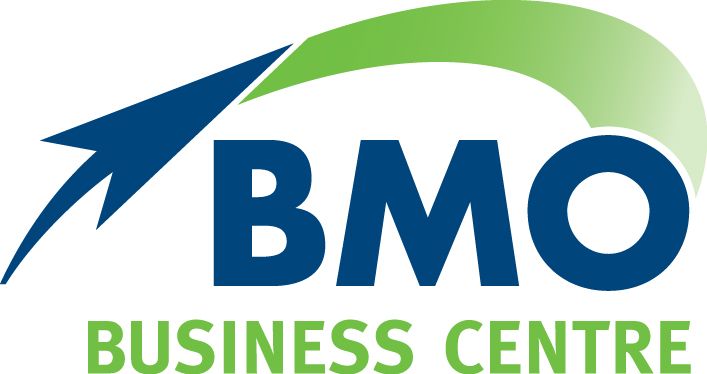Mistakes we make when strategic planning
For some small business owners, the idea of strategic planning can really send some shivers down your spine. But it doesn’t have to be a daunting task. Writing up your strategic plan can be as simple as putting down a few points about where you want the business to be heading and how you think you’re going to get there. There are a few common mistakes that people make when it comes to strategic planning:
- USING LANGUAGE THAT DOESN’T SUIT YOU (OR YOUR STAFF OR YOUR CUSTOMERS)
Don’t use some kind of highfalutin language that isn’t YOU.
Imagine you own Jim’s Pie Shop, you get a fancy consultant in to help you write up your vision.
“Jim’s Pie Shop aspires to achieve sustainable growth and maximise profits by being the foremost provider of pastry and protein combinations nourishing incidences of nutritional deprivation worldwide.”
Sure it’s well written, but is it really in a language that suits the style of your pie shop?
“Jim’s Pies will be known as the most delicious pies in all the region – if you’re thinking about breakfast, lunch or dinner, or any snack in between you’re thinking about a Jim’s pie.”
Those words might not be quite right – but you get the idea. Make it real.
The Coffee Club has done it well with part of their mission statement
“The answer to “Where will I meet you?”
It’s a simple way to saying they want to be coffee shop everyone chooses.
- TRYING TO SAY ABSOLUTELY EVERYTHING IN ONE STATEMENT
A bit like using corporate jargon language, too often the vision statement ends up being filled with every single topic listed in the strengths column of your SWOT. Don’t try and say it all in one statement, let your goals and objectives deal with the specifics – keep your vision and mission short and sweet, directed and meaningful.
- NOT USING THE PLAN TO DRIVE DECISION MAKING
If you have set a direction then USE it. Business plans also make it much easier to make decisions. Use it as a compass when you’re faced with a decision. As a business owner there will constantly be new opportunities coming your way but unless you are really focused on your vision and goals you may end up taking on what seemed like good opportunities only to find yourself going completely off track.
You own an automotive shop and you’ve clearly identified your ideal client as 30 – 50 year old males who like to do a bit of their own mechanical/handyman work. You’re approached by the girl guides to sponsor their new hut, or you could put the money into a beaut ute competition at the Bowenville pub. Go back to your vision and goals – what is going to work best for your direction.
- GETTING HUNG UP ON DOING THE PLAN “THE RIGHT WAY”
It’s personal. Make it personal. Pick up bits and pieces from what you learn and what you can glean from other successful businesses and make it work for you.
One company I worked with developed what we called a ‘noble purpose’ which is like a combination of vision and a mission. It is an over-aching statement about what direction they are headed and WHY they are in business. From here we developed what we called their Guiding Principles – this is like their commitment to their clients – the way in which they agree to operate as a business. In this we have been able to pick up what sets them apart from other firms.
At BMO, our strategy direction is encapsulated in our positioning statement, “We’re with you every step of the way” which is underpinned by a set of shared team values.
The point is that there are no real rules for your strategic planning format – the right plan is one that you believe, use and helps to focus your actions. The right plan is that one that sees you succeed.
- IGNORING THE NUMBERS
You can’t do a strategic plan properly unless you have a good handle on your business’ financial indicators. Don’t let the numbers hinder how high you want to aim, but don’t disregard them either. Good financial governance should always go hand in hand with vision and creativity.
- NOT PUTTING THE STRATEGIC PLAN INTO ACTION
Your vision is like your ultimate destination then your business mission statement is like a road map that gives you the overview of how you will get to your destination. Your goals and objectives provide you with the specific directions like that voice on your GPS Navigator.
Then you need action plans which are like deciding the type of vehicle you use, what tyres are on it, who drives, the kind you fuel you use, how frequently you fuel up, how and when the car is serviced… all the specific details to help drive you to the destination. There is no point having a destination and a map if you’re never going to get in the car! Make sure you put the plan into action.
The post Mistakes we make when strategic planning appeared first on BMO Accountants.


